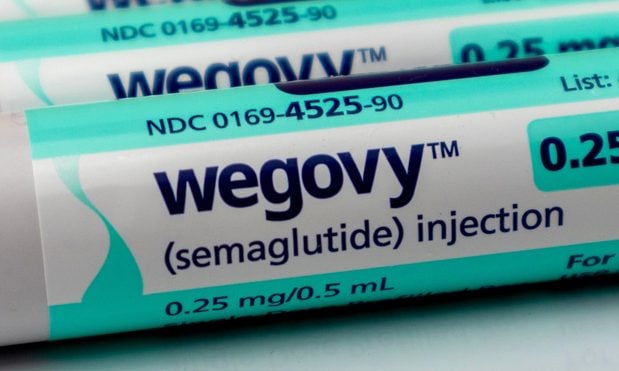The resurgence of home medical visits—or house calls—is a clear response to two trends in American demographics: an aging population and a growing number of people with one or more chronic conditions that make getting to a clinic for medical care challenging.
But, says Dr. Zia Agha, executive vice president of clinical research and medical informatics at the West Health Institute, a non profit medical research organization, one key obstacle must be overcome by the medical profession to truly open the way for more house calls: interoperability of the technologies that represent the profession's support system.
In an interview with Medical Device and Diagnostic Industry magazine, Agha said that unless and until the myriad mobile devices used in home medical treatment communicate with each other, the industry's growth will remain slow but steady.
Recommended For You
Agha referred to the recent Independence at Home demonstration program, designed by the Centers for Medicare and Medicaid Services, as an example of the potential for the home medical visit to save billions in cost and deliver better care to seniors and others with chronic disorders.
IAH saved $3,070 per participating beneficiary, and a cumulative savings of $25 million, in just the first year (2012). Second and third year statistics have not been released.
"It was a demonstration project so these are not huge numbers…but it demonstrated that there are significant cost savings for people who are managed in their home environments," Agha told MDDI.
The challenge will be to link up the various pieces of technology—existing and soon to be developed—required to deliver a high level of care in the home, he said.
"These free-standing house calls programs have the challenge of them not just connecting to one doctor's practice but hundreds of doctor's practices that may be using different EHRs," he said. "As you sort of move the site of care to the home, technology will have to talk to each other and devices have to talk to each other to allow the seamless flow of data."
However, he told MDDI, he believes the profession will solve the interoperability problem, one that has been a focus of the health care reform movement.
"As you move into more of an interoperable system where EHRs, mobile platforms, etc. start to talk to each other some of these concerns [related to data exchange] will go away," he told the magazine. "And then once these startups become bigger and become assimilated with traditional healthcare, there will be less of an issue with exchanging information."
© 2025 ALM Global, LLC, All Rights Reserved. Request academic re-use from www.copyright.com. All other uses, submit a request to asset-and-logo-licensing@alm.com. For more information visit Asset & Logo Licensing.








